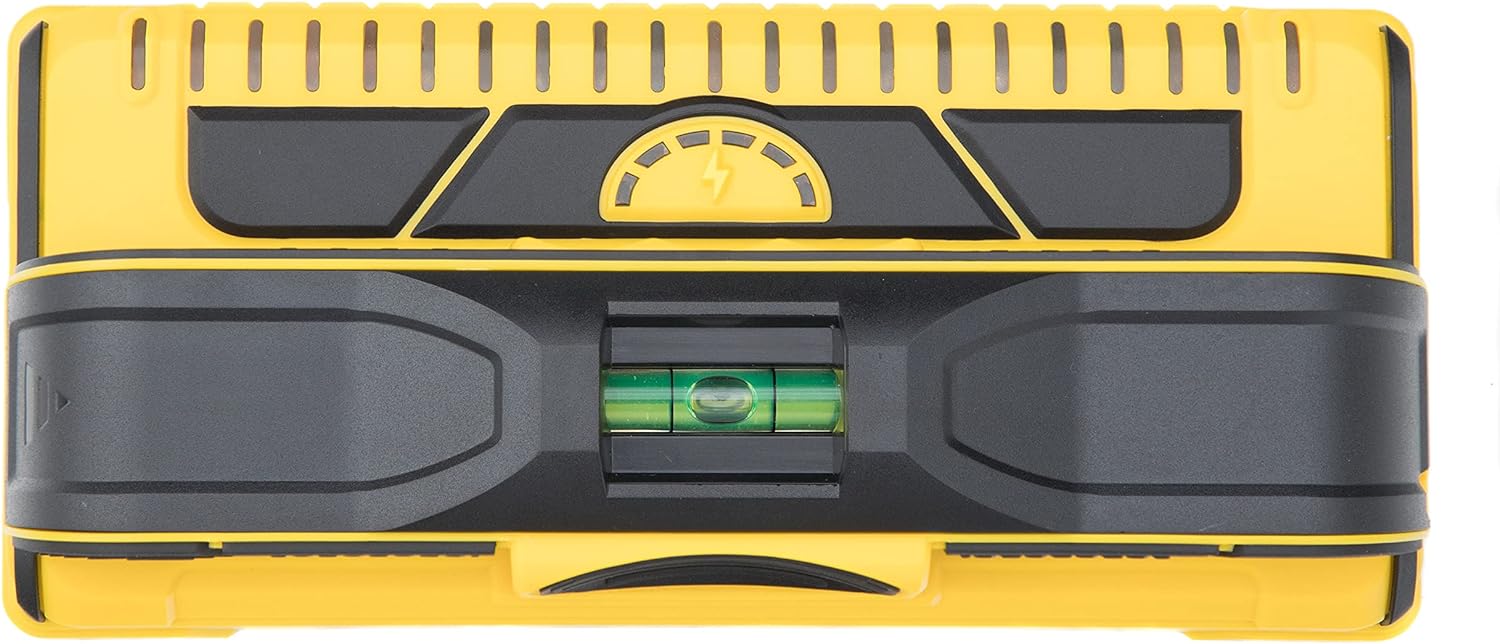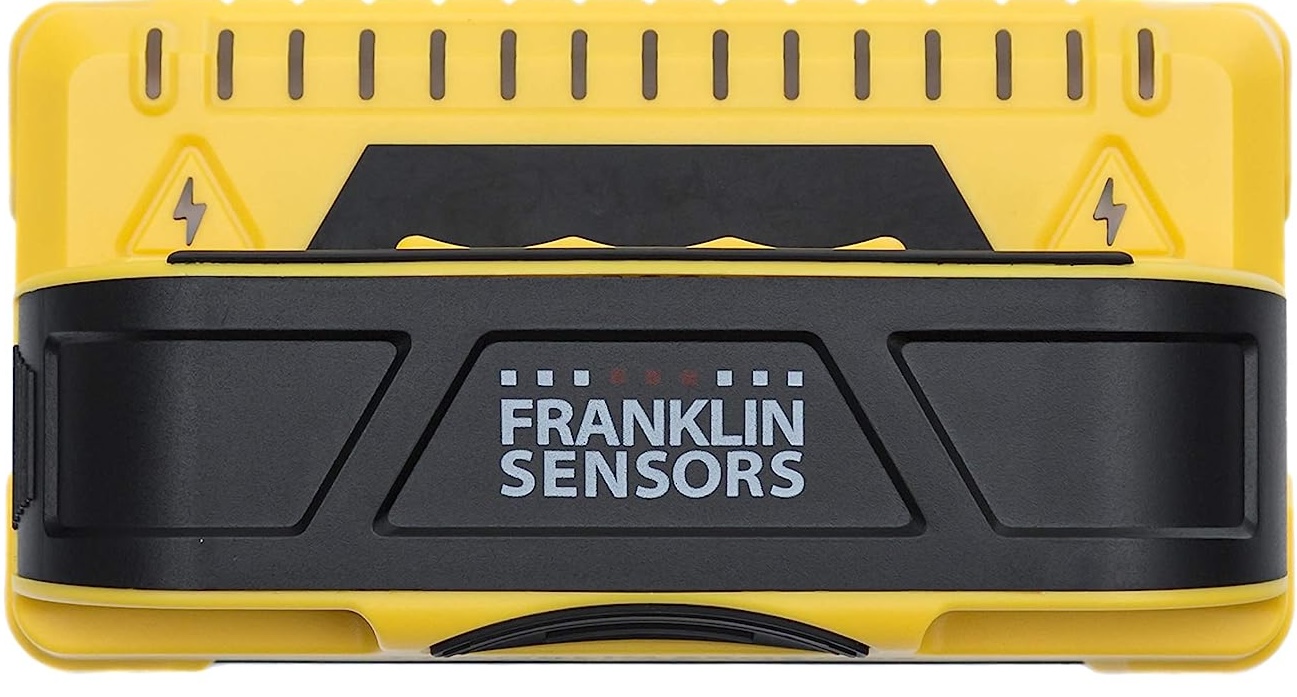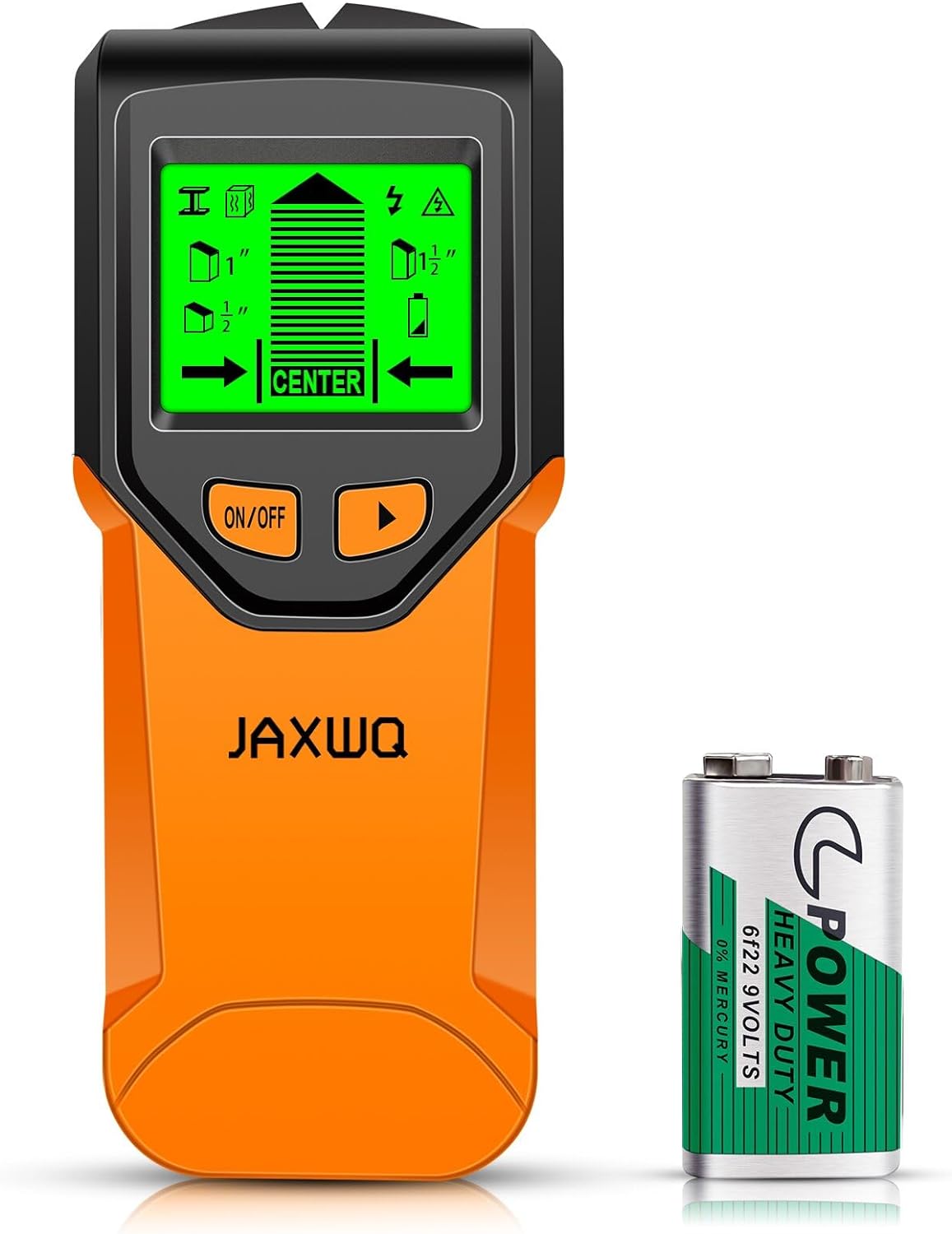Frequently Asked Questions
How do magnetic stud finders work?
Magnetic stud finders work by moving a built-in magnet along the wall until it catches on the fasteners that secure drywall to the studs. Due to the potential spacing of fasteners, which can be over a foot apart on a single stud, locating them with a magnetic stud finder may not be possible or simpy might take more time.
Why aren't magnetic stud finders always accurate?
Magnetic Stud Finders might not always work, because they rely on metal fasteners being connected into the stud. If the constructionworker misses the stud and won't fasten it with metal fastener then finder won't be able to detect anything. It's more reliable in commercial constructions, where those metal fasteners are more prevalent.
Can iPhone magnets detect all types of metals?
No, the magnets available in iPhones can only detect ferrous metals. Gold, lead, aluminium, tin, zinc, brass, and copper are not ferrous metals.
Can iPhones detect wood studs without any metals in them?
No, iPhones cannot detect wood studs without any metals in them. The magnets in iPhones are designed to detect ferrous metals, so they cannot detect non-metallic materials such as wood.
If you want to learn more, we recommend this detailed article from Popular Mechanics.
Stud Finders Ranking
#1 Franklin ProSensor M210
The most expensive but also the most accurate. 13 sensors and 21 Enhanced Precision LEDs.

Price: $59.95
View on Amazon#2 Franklin ProSensor M150
M150 has has 9 sensors and 15 Enhanced Precision LEDs. Conventional stud finders have 1 or 2 sensors.

Price: $39.95
View on Amazon#4 JAXWQ Stud Finder
5 in 1 Stud Finder Tool with Intelligent Microprocessor.

Price: $27.99
View on AmazonLinks on this website are affiliate links.
